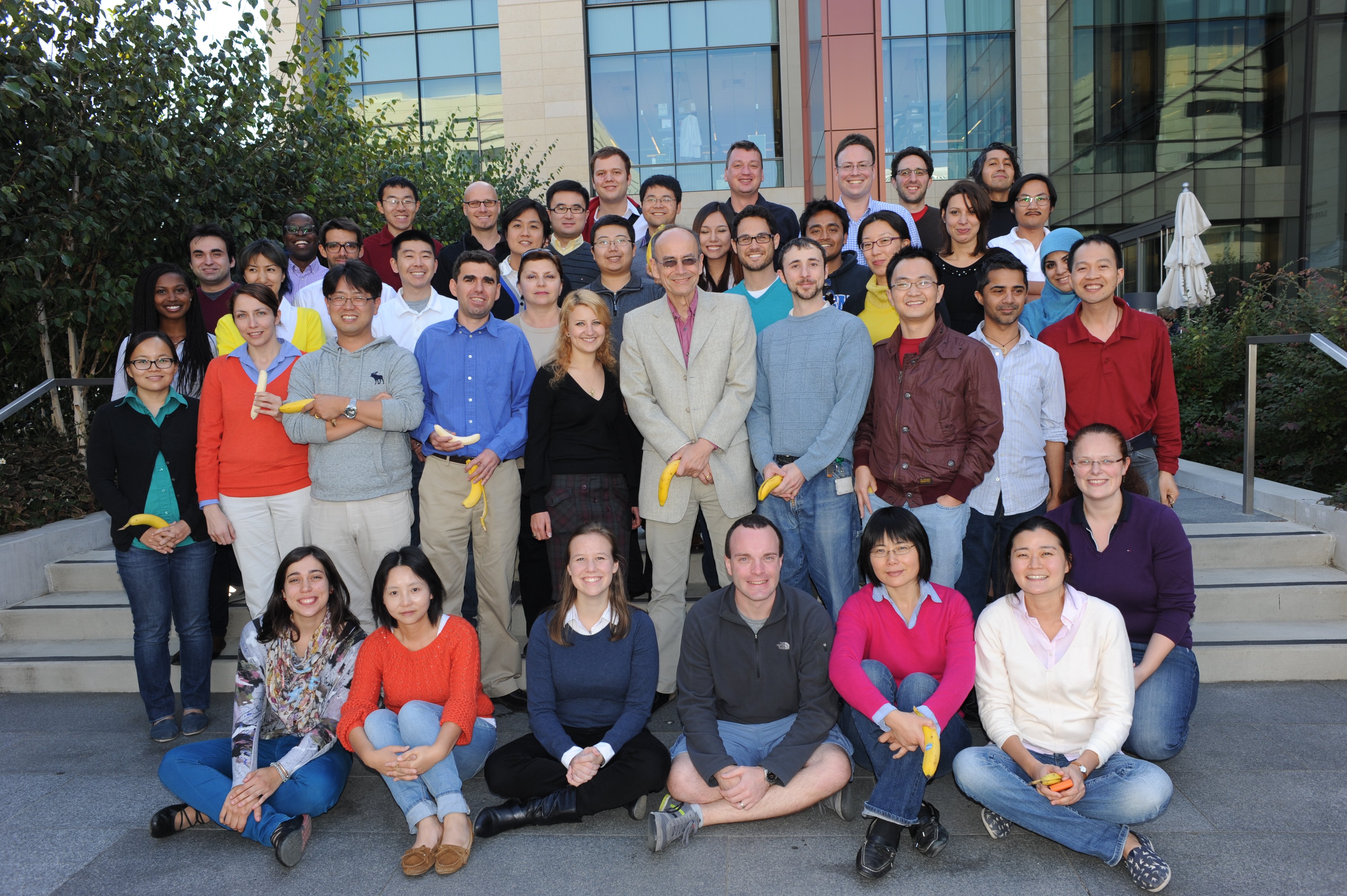With the latest crop of Nobel prizes announced this month, Stanford raised its number of Nobel laureates by two, putting the count at — conservatively — 31.
While deciding what constitutes a strong enough connection to Stanford to add a prizewinner to the tally can be difficult, the University has 22 laureates on the current faculty, with another nine deceased.

This year alone, Michael Levitt, professor of structural biology at the School of Medicine, shared the Nobel Prize in Chemistry with two other scientists, while Thomas Südhof, professor of molecular and cellular physiology at the School of Medicine, was one of three researchers to earn the Nobel Prize for Physiology or Medicine.
“I think the consistency of excellence here is really quite unique,” said Lloyd Minor, dean of the School of Medicine. “I also think that the drive to tackle the most difficult problems — to tackle the problems that others shy away from, because they are difficult, and because we don’t know where they’re going to go in terms of the solutions — I think that drive is unique to Stanford.”
To what degree the sciences at Stanford are unique in their success, however, is contentious.
“There are at least 25 great universities and research institutes around the world, all of comparable quality,” said Roger Kornberg Ph.D ‘72, professor of structural biology at the Stanford School of Medicine and recipient of the 2006 Nobel Prize in Chemistry. “Stanford is certainly among the very fine ones, but there are many others, and we mustn’t lose sight of that.”
Harvard, for example, counts 48 Nobel laureates as current or former faculty members; Princeton counts 22 and UC Berkeley has eight current and 14 deceased faculty members who won the prize.
Further, counting the number of affiliated Nobel laureates can be difficult, as some schools include Nobel laureates who have studied or researched on their campuses, even if they are not faculty.
According to Stanford’s Nobel Prize website, Stanford “lists but does not claim laureates who are not on the faculty, even if they have a significant Stanford connection.” Stanford also does not list winners with more tenuous connections, such as John Steinbeck, the 1962 literature winner who dropped out of the University twice.
People on campus believe there are certain factors that have contributed to the culture of success at Stanford.
“I think that our spirit of interdisciplinary collaboration is unique to Stanford, at least insofar as how extensively it’s manifested,” Minor said. “At Stanford, we’re attracted to the problems that require the most innovative approaches at solutions, and our faculty are doing this every day. They’re making fundamental contributions to scientific inquiry on so many different fronts.”
Brian Kobilka, professor and chair of molecular and cellular physiology at the School of Medicine, said that the physical environment at Stanford is conducive to promoting cutting-edge research.
“One important aspect is the relatively small size of Stanford, in that we’re in a geographically very defined area,” said Kobilka, who won the 2012 Nobel Prize in Chemistry. “We can walk from the Medical School to physics or chemistry on Main Campus, and that creates opportunities for cross-disciplinary collaboration.”
The caliber of the people at Stanford can also create a cycle of success. Kornberg pointed out that Stanford is often able to recruit excellent students, post-doctoral fellows and faculty based on the strength of the people already here.
“It’s worth bearing in mind that many of the prizes that have been awarded here are based on work done at other universities and then, on the basis of their fine work, were recruited to join the faculty here,” Kornberg said.
Although community members are proud of Stanford’s Nobel recognition, they do not consider it the universal measure of success.
“Both those who view the process from the outside and those who are recipients of the awards should remember that there are many really fine scientists, both at Stanford and elsewhere, who never actually got this prize,” Kornberg said. “That doesn’t diminish the magnitude of their contributions.”
With the latest batch of Nobel Prizes added to a growing list, the idea that these prizes ought to be considered with a degree of humility was a recurring one.
“It’s really humbling,” Minor said, “because these accomplishments of course are wonderful, and these accolades are very well earned and deserved by our faculty, but we know that we have to live up to the reputation established by these accolades. So it challenges us every day to recommit ourselves to excellence.”
Contact Sabelle Smythe at ismythe ‘at’ stanford.edu.
